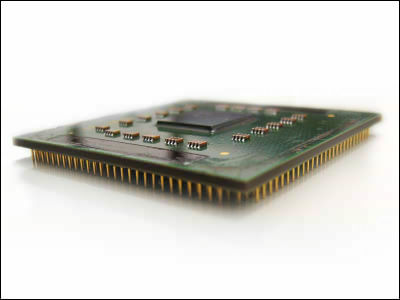What kind of machine is the world's fastest supercomputer 'Frontier'?

By
Nature explains 'Frontier,' the supercomputer with the world's largest computing power among those released as of September 2024.
A day in the life of the world's fastest supercomputer
https://www.nature.com/articles/d41586-024-02832-5

Supercomputers developed and installed by countries around the world are primarily used for academic purposes, helping to create cutting-edge models of everything from elementary particles to galaxies, such as simulating how tiny cloud particles affect the pace at which the Earth's climate warms. In light of this, Dilip Astagiri, a biophysicist at Oak Ridge National Laboratory, said, 'Supercomputers are scientific instruments, similar to space telescopes.'
Frontier is a supercomputer that was released in 2022, and has a capacity of 1 exaFLOPS , or more than 10^18 floating-point calculations per second. The computing performance of past supercomputers compiled by Nature is shown in the figure below. Before the appearance of Frontier, Japan's Fugaku was the fastest in the world, with a capacity of 442 petaFLOPS, so by simple calculation, Frontier has a computing power greater than that of two Fugakus.

Frontier consists of a total of 9,408 nodes, each of which is equipped with four GPUs and one CPU. By using a large number of GPUs, it is possible to perform a large number of numerical calculations simultaneously, and this large-scale parallelization helps improve computing power. Scientists need to customize the program code to take advantage of these GPUs. Regarding the need for customization, Bronson Messer, director of science at Oak Ridge National Laboratory in Tennessee, said, 'A normal PC and a supercomputer are as different as a normal car and an F1 car.'
Of course, supercomputers aren't available to everyone, and Messer and three colleagues evaluate applications every April. The average approval rate is about 25%, with 131 projects approved in 2023. It's estimated that about 500 papers based on Frontier calculations will be published in 2024.
The energy problem is a bottleneck in building such supercomputers. Not only does the calculation itself require power, but energy is also needed to cool the heat generated from the chips during calculations. In Frontier's predecessor supercomputer, 'Summit,' cooling alone accounted for 10% of the total energy consumption, but Frontier has succeeded in reducing this to 3-4%.
In addition, the second most powerful supercomputer, Aurora, installed at the Argonne National Laboratory in Illinois, is expected to overtake Frontier through further optimization, and El Capitan, scheduled to be operational in 2024 at the Lawrence Livermore National Laboratory in California, is also expected to surpass Aurora in computing power. In addition, the German supercomputer Jupiter is also scheduled to appear, intensifying the battle for supercomputer supremacy.
Related Posts:







